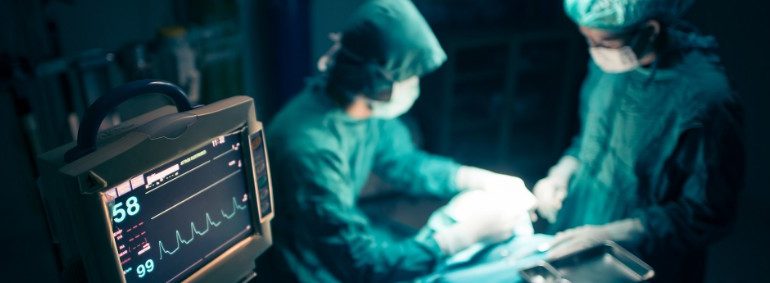India is a fertile ground for innovative ideas relating to medical products and technologies. Individuals and academia here come up with brilliant ideas all the time. Potentially, each of these ideas represents a product that Indian MSMEs can make – for the world. Unfortunately, these enterprises take few of these plentiful ideas to the market. Most remain just ideas even after six or seven years.
There are several hurdles that exist between the formation of an idea and the rolling out of a new medical device that could be used in hospitals and do goods to patients. However, there are simple solutions for removing each of these hurdles.
Hurdle 1. In India, there is no connect between academia and inventors who work on ideas, and the industry, which uses these ideas to make products. A simple solution is to create a repository of the innovations that are available with Indian universities for commercialization. Till now there were no such repositories. Very recently I came to know that the Kalam Institute of Health Technology is developing a knowledge repository. Once these are created, small and medium industries can use them to identify good ideas for manufacturing new, beneficial products.
Hurdle 2. Even after the academia–industry connect is established, it will be a long time before the innovative technology involved is moved to the marketing ladder. Designers must work on the innovation so that a product that an MSME can take up for manufacture is created. There are organisations like D-Rev, an American product design company, and Fraunhofer Society, the German research organization. India needs indigenous platforms that do what D-Rev and Fraunhofer do.
Hurdle 3. Ensure that the new product will be accepted not only locally but also in the international market. For that, a product must conform to mature standards such as those of the CE and FDA. For an Indian company, an MSME, this was an expensive experience. In India, there are no standards for medical devices. If we are to make in India for the world, we need Indian standards to be developed that are equivalent to international standards. ‘Make in India’ begins at the design stage itself.
Hurdle 4. Once an innovative product is created, the manufacturer and the market need to know if it actually works. The manufacturer needs to conduct clinical trials to establish this but typically faces another hurdle here. Consider India Neodesigns, an NGO that promotes innovative technology in neonatal health. This NGO alone is waiting to make some 45 innovated products available to the public. Some of these products will reduce morbidity and improve India’s infant mortality rate. However, it may be several years before the innovations reach the marketplace. The process of obtaining approvals from the Drug Controller of India needs to be fast-tracked.
Hurdle 5. After successful clinical trials, production can begin. Indian medical device manufacturers need support to compete in the international market. Most have not enjoyed any support. Today, Andhra Pradesh MedTech Zone Limited (AMTZ) gives manufacturers a competitive chance. India needs more medical manufacturing clusters like AMTZ.
Hurdle 6. The last hurdle is to meet the regulatory requirements of different nations. In 2012, the International Medical Device Regulators Forum (IMDRF) had its inaugural meeting, in Singapore. The IMDRF recognizes that the safety of medical devices may be improved internationally through a global approach to auditing and monitoring their manufacture.
The forum is advancing the Medical Device Single Audit Program (MDSAP). This programme allows MDSAP-recognized auditing organizations to conducting a single regulatory audit of a manufacturer that satisfies the requirements of participating regulatory authorities. If India were to have a place in the IMDRF, Indian manufacturers would find international markets opening for their products. India needs to participate in the MDSAP.
Once these six hurdles are removed, the journey from the inventor’s lab to the hospital will be much quicker. It will take no more than two or three years. Make in India will be realized in the medical device industry. Then individuals and society will benefit. The disease burden will be reduced and earning capacity will be improved.
(The author is Co-Chair, FICCI Medical Device Committee and Managing Director, Phoenix Medical Systems Pvt Ltd)





